The Middle Eastern market, with its unique cultural preferences, economic potential, and evolving consumer demands, offers a vast opportunity for manufacturers of dinnerware products. As a key player in global manufacturing, EKA recognizes the importance of adapting products to meet these specific market needs. In this article, we will explore how dinnerware manufacturers can modify their designs, materials, and marketing strategies to successfully cater to Middle Eastern customers. We will discuss cultural preferences, regional trends, and the best practices for entering this lucrative market.
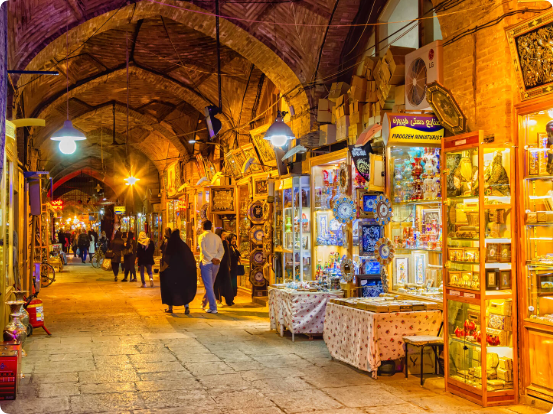
1. Understanding the Middle Eastern Market
The Middle East is composed of countries with diverse cultures, religions, and economic landscapes. From the Gulf States, such as the UAE and Saudi Arabia, to the Levant, including countries like Lebanon and Jordan, there is a wide variety of consumer preferences. However, several overarching trends influence the dinnerware market in this region.
Key Insights:
- Economic Growth: Middle Eastern countries, especially those in the Gulf Cooperation Council (GCC), have witnessed rapid economic growth and urbanization in recent decades. This has contributed to an expanding middle class, leading to increased demand for both luxury and affordable dinnerware.
- Cultural and Religious Practices: Islam, the dominant religion in the region, plays a significant role in shaping consumption patterns. For instance, the practice of eating with the right hand and sharing meals often dictates the types of dinnerware used.
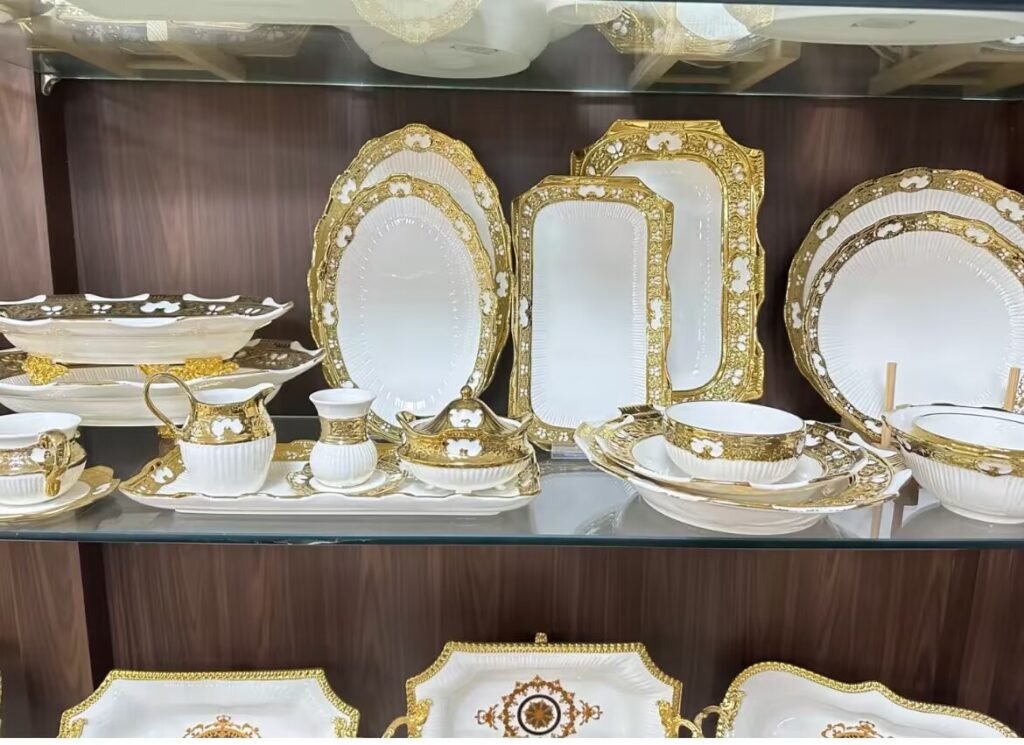
- Aesthetic Preferences: Middle Eastern consumers tend to appreciate high-end, luxurious, and functional designs. Gold accents, intricate patterns, and bold colors are common in dinnerware.
2. Key Considerations When Adapting Dinnerware for the Middle Eastern Market
To succeed in the Middle Eastern market, dinnerware manufacturers need to be aware of various factors that can influence product design, marketing, and packaging. Below, we delve into the key aspects that should be considered when tailoring dinnerware for this region.
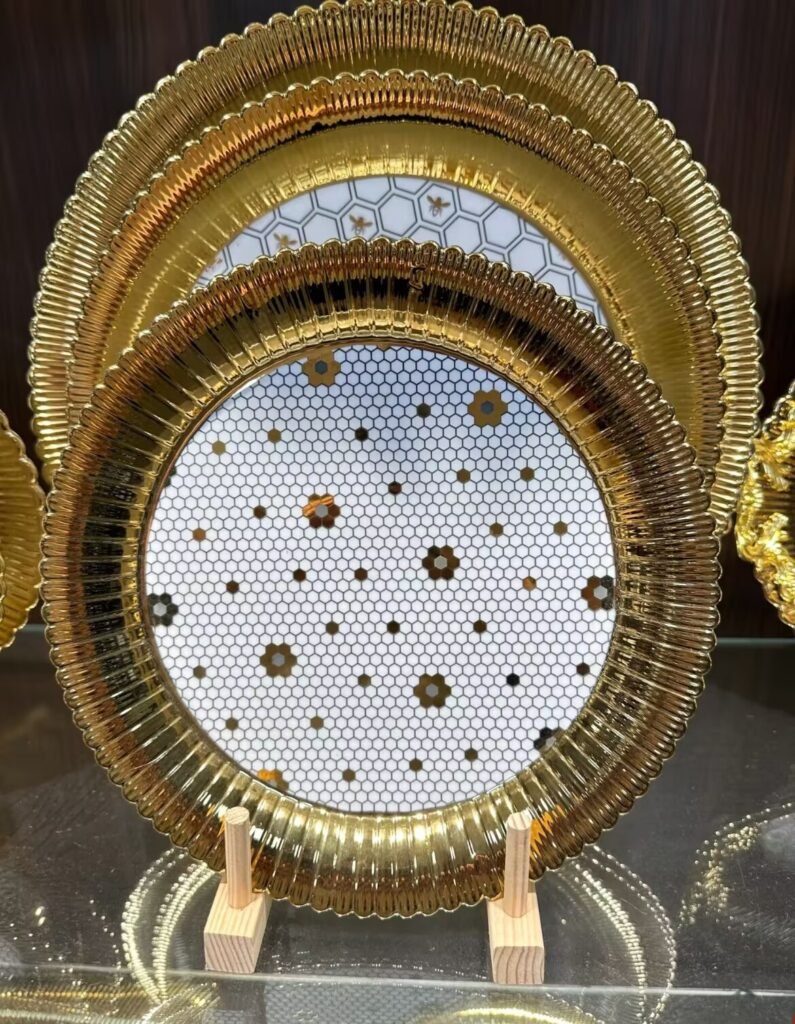
a. Design and Aesthetics
Middle Eastern design preferences are heavily influenced by the region’s rich cultural heritage, including Arabesque patterns, Islamic geometric designs, and the use of ornate embellishments. However, there is a growing trend towards modern, minimalist designs, especially in urban centers like Dubai and Doha.
- Traditional vs. Contemporary Styles: While some consumers still prefer traditional designs with intricate patterns and vibrant colors, younger generations and urban dwellers lean towards modern, minimalist dinnerware.
- Functional Elegance: A focus on functionality with sophisticated aesthetics is a key trend. Durable, easy-to-clean, and multi-functional pieces that also have an elegant touch are highly sought after.
- Color and Patterns: While white is still a popular base color, rich jewel tones like emerald green, royal blue, and gold accents are common. Floral and geometric patterns, especially those inspired by Islamic art, are frequently used.
b. Material Choices
In the Middle Eastern market, the material of dinnerware is just as important as the design. There is a strong preference for high-quality, durable materials that can withstand both regular use and occasional luxury dining experiences.
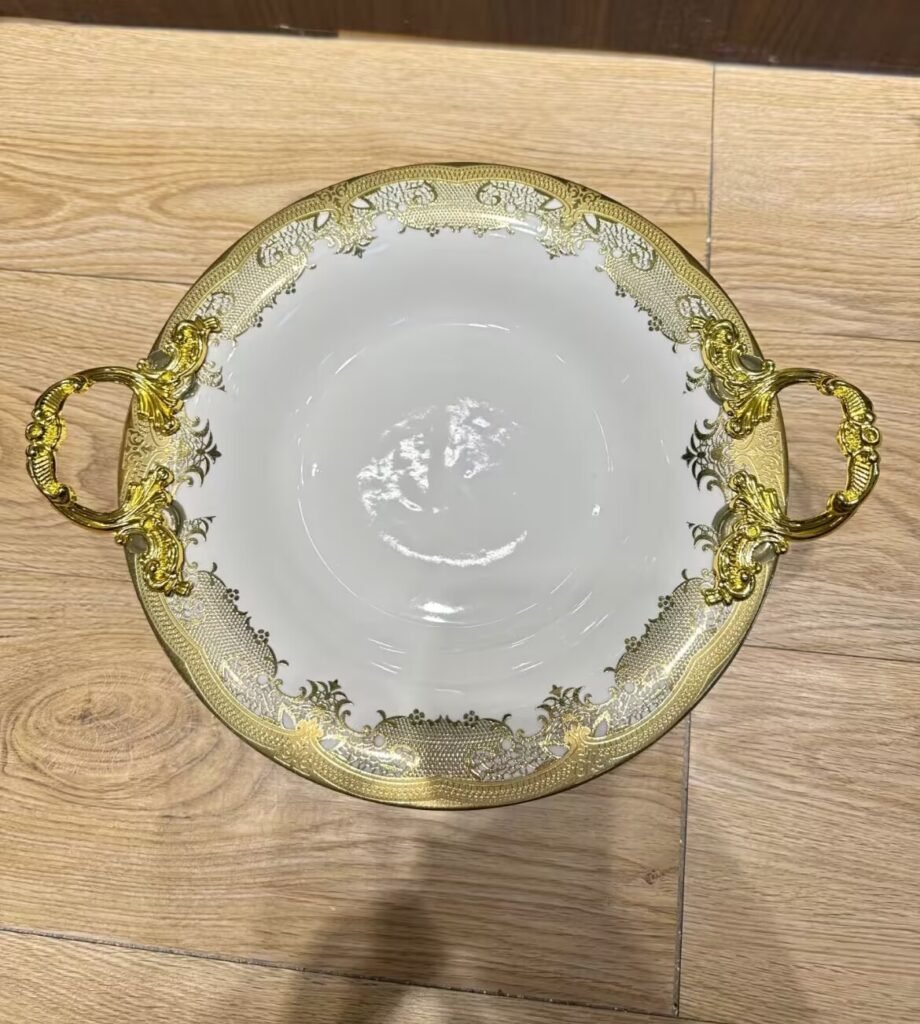
- Porcelain and Fine China: Porcelain and fine china are highly regarded for their elegance and durability. These materials are ideal for the high-end market and are often used for formal events and gatherings.
- Stoneware: Stoneware is becoming increasingly popular due to its rustic look and high resilience, making it suitable for everyday use.
- Earthenware: For more traditional and rustic dining experiences, earthenware offers an appealing option, especially in countries like Morocco.
c. Cultural Sensitivity
Cultural and religious practices significantly influence the dinnerware market in the Middle East. Manufacturers should be aware of these considerations to avoid missteps and appeal to local sensibilities.
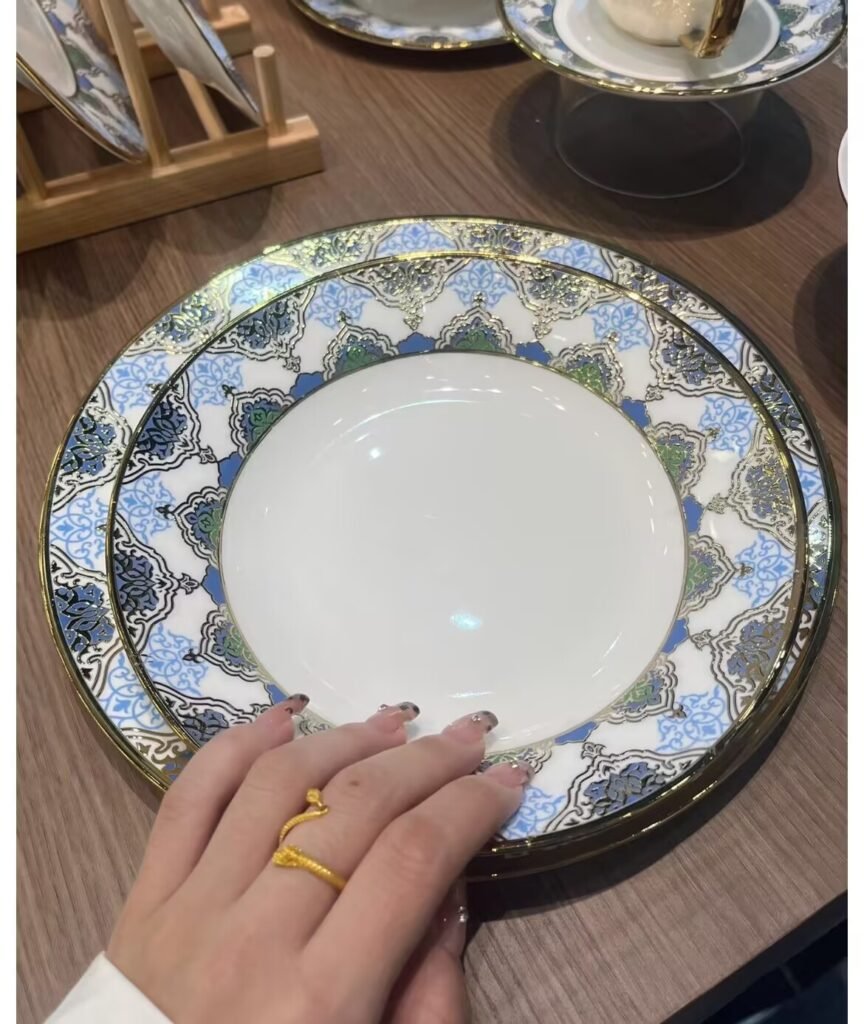
- Halal Considerations: In Islamic culture, certain symbols and motifs are associated with religious significance. Manufacturers should ensure that their products do not include any images or designs that could be considered offensive.
- Table Etiquette: In the Middle East, food is often shared in large communal settings. This impacts the type of dinnerware required, such as large platters, sharing bowls, and individual serving plates. Additionally, dinnerware should be practical and large enough to accommodate multiple servings.
- Cleanliness and Practicality: Dinnerware products need to be easy to clean and maintain, given the frequent use during meals and the region’s hot, dry climate.
3. Adapting Your Dinnerware Line for Different Segments
To successfully penetrate the Middle Eastern market, manufacturers must consider the different consumer segments and adapt their products accordingly.
| Segment | Product Characteristics | Target Consumer |
|---|---|---|
| Luxury Segment | Fine porcelain, intricate designs, gold and silver accents, premium packaging. | Affluent consumers, high-end restaurants, and luxury hotels. |
| Mid-Range Segment | Stoneware or high-quality ceramics, elegant but simple designs, modern patterns, multi-functional. | Middle-class families, urban professionals. |
| Affordable Segment | Durable, simple designs, earthenware, basic colors and patterns, easy-to-clean materials. | Young adults, lower-middle-class families, casual dining settings. |
4. Marketing and Distribution Strategies
Once the products are adapted, manufacturers need effective marketing and distribution strategies to enter the Middle Eastern market.
a. Localizing Your Brand
It’s important to tailor marketing efforts to suit local culture. This includes:
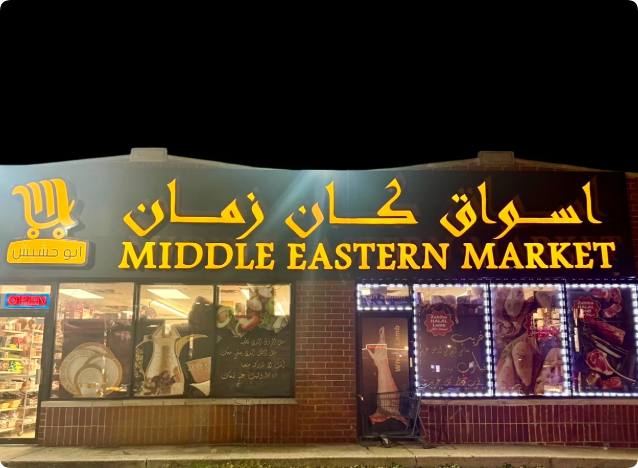
- Language: Ensure that product descriptions, packaging, and marketing materials are available in Arabic.
- Influencer Partnerships: Leverage local influencers to showcase your dinnerware products on social media platforms, which are highly popular in the region.
- Festivals and Events: Timing product launches around significant events such as Ramadan and Eid al-Fitr can help drive sales, as these are times of family gatherings and large meals.
9 Great Middle Eastern Markets In Miami
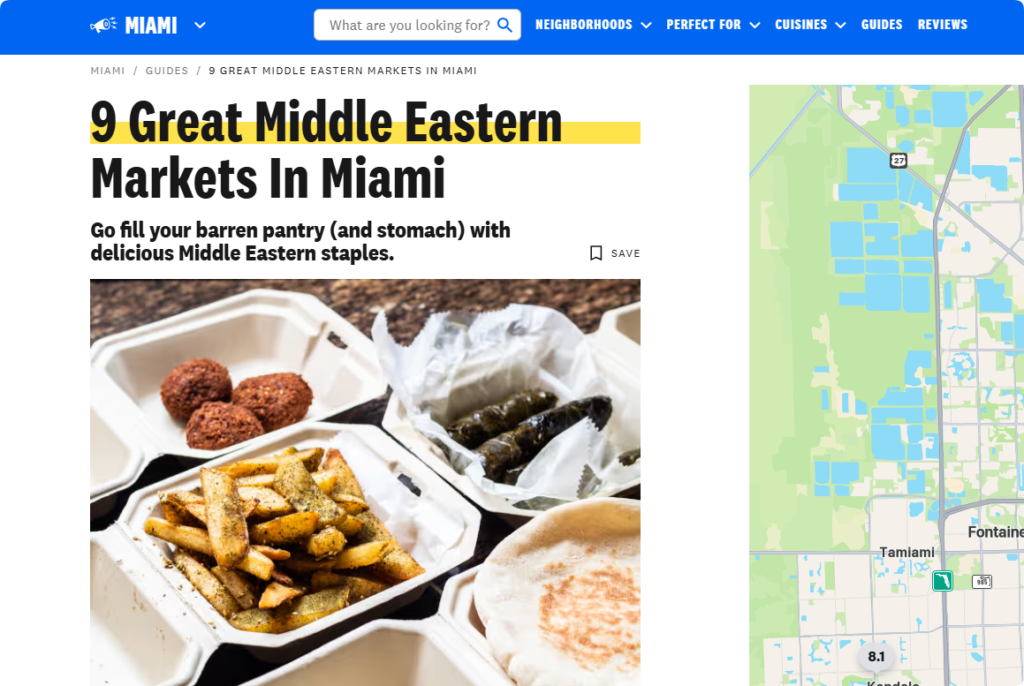
b. Distribution Channels
- E-commerce: The Middle East has a rapidly growing e-commerce market. Selling through local online platforms such as Souq.com (now Amazon.ae), Noon, and others is essential.
- Physical Retail: Establishing relationships with local retailers or working with distributors who have expertise in the regional market is vital for gaining traction in the traditional retail space.
5. Challenges and Opportunities
Entering the Middle Eastern market can be rewarding, but it comes with its challenges. Understanding local regulations, managing supply chains, and navigating the competitive landscape are just a few obstacles that businesses may face. However, the region’s high demand for quality dinnerware, combined with increasing disposable incomes, presents significant opportunities for manufacturers.
Conclusion: Why Choose EKA
EKA, with its expertise in ceramic dinnerware production, is uniquely positioned to help businesses succeed in the Middle Eastern market. Our ability to customize products to meet local preferences, along with our capacity to handle both OEM and ODM orders, makes us a reliable partner for global retailers, gift vendors, and e-commerce sellers.
By focusing on design flexibility, material quality, and understanding regional cultural nuances, EKA’s ceramic products are crafted to meet the evolving demands of the Middle Eastern market. Partner with EKA today to bring your dinnerware products to this lucrative market and drive success.

